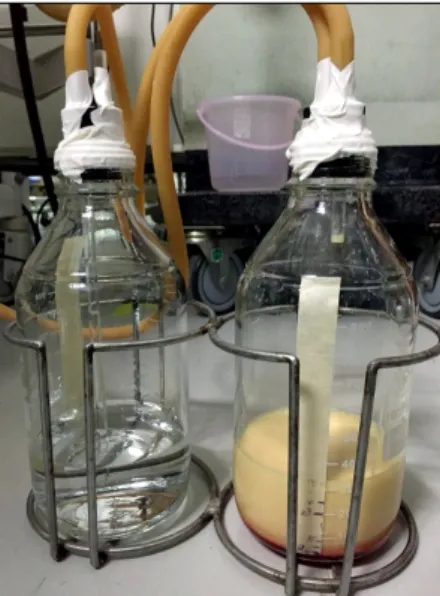ISSN: 2233-601X (Print) ISSN: 2093-6516 (Online)
− 407 −
Received: November 10, 2016, Revised: April 20, 2017, Accepted: May 9, 2017, Published online: October 5, 2017
Corresponding author: Pawit Sriprasit, Department of Surgery, Faculty of Medicine, Prince of Songkla University, Hat Yai, Songkhla, Thailand 90110
(Tel) 66-896580990 (Fax) 66-74429384 (E-mail) pawit.sriprasit@yahoo.com
© The Korean Society for Thoracic and Cardiovascular Surgery. 2017. All right reserved.
This is an open access article distributed under the terms of the Creative Commons Attribution Non-Commercial License (http://creativecommons.org/
licenses/by-nc/4.0) which permits unrestricted non-commercial use, distribution, and reproduction in any medium, provided the original work is properly cited.
Chylothorax after Blunt Chest Trauma: A Case Report
Pawit Sriprasit, M.D. 1 , Osaree Akaraborworn, M.D., M.Sc. 2
1
